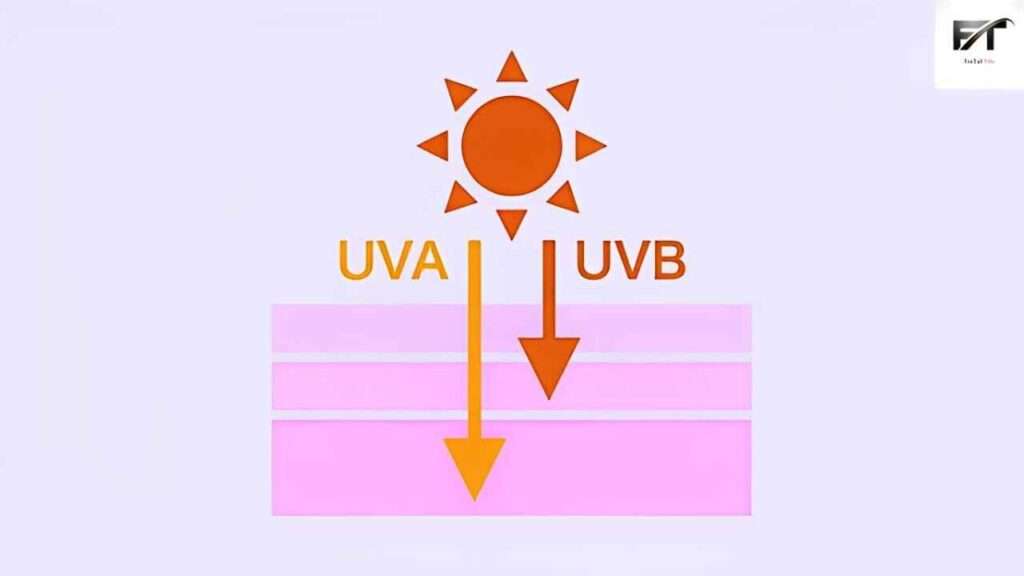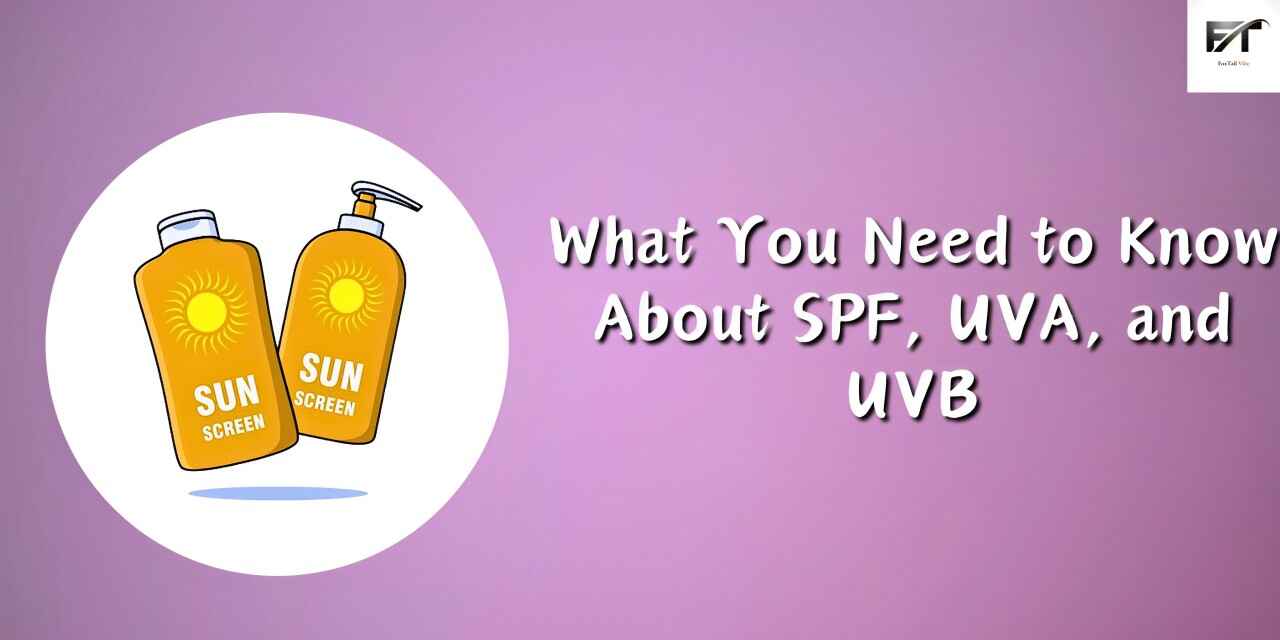In our quest for glowing skin, we often hear about the importance of sunscreen. But what exactly do those SPF numbers mean? And what’s the deal with UVA and UVB rays? Let’s break it down in simple terms so you can make informed decisions about protecting your skin.
What is SPF?
SPF stands for Sun Protection Factor, and it’s a measure of how well a sunscreen protects against UVB rays, which are the main cause of sunburn and skin cancer. The higher the SPF number, the greater the protection. But here’s the thing: SPF doesn’t increase proportionally with the number. For example, SPF 30 doesn’t offer twice the protection of SPF 15. Instead, SPF 15 filters out about 93% of UVB rays, while SPF 30 filters out about 97%. So, higher SPF numbers do offer more protection, but the difference becomes less significant as the numbers go up.
What Are UVA and UVB Rays?

When it comes to sun damage, there are two main types of ultraviolet (UV) rays: UVA and UVB.
- UVB Rays: UVB rays are responsible for causing sunburn and are the primary cause of skin cancer. They can also contribute to premature aging, such as wrinkles and age spots.
- UVA Rays: UVA rays penetrate the skin more deeply than UVB rays and are the primary cause of premature aging. They can also contribute to skin cancer. UVA rays are present throughout the year and can penetrate clouds and glass, so you’re exposed to them even on cloudy days and indoors near windows.
Broad-Spectrum Protection
Now, here’s where things get a bit tricky. While SPF measures protection against UVB rays, it doesn’t tell you anything about protection against UVA rays. That’s where broad-spectrum sunscreen comes in. Broad-spectrum sunscreen protects against both UVA and UVB rays, providing more comprehensive protection for your skin.
Choosing the Right Sunscreen
When selecting a sunscreen, look for one labeled as broad-spectrum with an SPF of 30 or higher. This will ensure that you’re getting adequate protection against both UVA and UVB rays. Additionally, consider the following:
- Water Resistance: If you’ll be swimming or sweating, opt for a water-resistant sunscreen and reapply it every 80 minutes or as directed on the label.
- Ingredients: Some people may have sensitivities to certain sunscreen ingredients, so it’s essential to check the label for any potential irritants.
- Application: Be sure to apply sunscreen generously and evenly to all exposed skin about 15 minutes before going outside. Don’t forget often-missed areas like ears, neck, and the tops of your feet.
Reapplication is Key
Remember, sunscreen isn’t a one-and-done deal. You need to reapply it regularly, especially if you’re sweating or swimming. Aim to reapply every two hours, or more frequently if you’re sweating heavily or towel-drying.
Sunscreen is your skin’s best friend when it comes to protecting against sun damage, including sunburn, premature aging, and skin cancer. By understanding SPF, UVA, and UVB protection, you can make informed choices about sunscreen and keep your skin healthy and radiant for years to come. So, next time you head outdoors, don’t forget to slather on that sunscreen and enjoy the sun safely!
Also Read – Quick Makeup Tips for Busy Professionals From Experts
